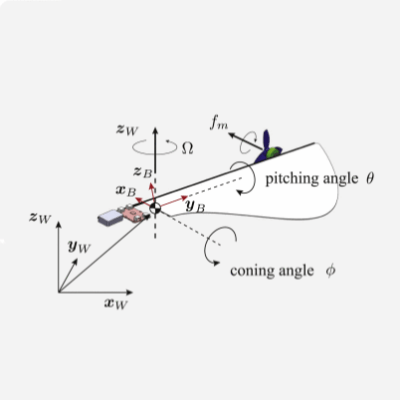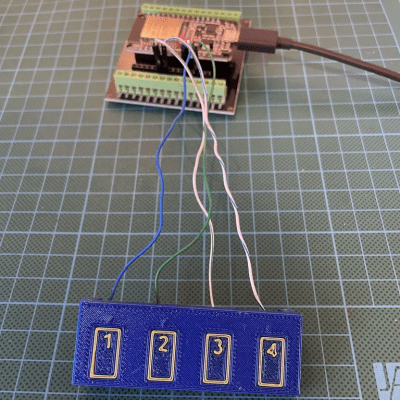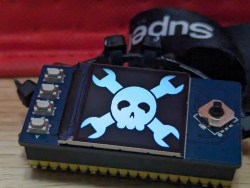Over on his YouTube channel [Ryan Inis] has a video about how electrostatic motors are breaking all the rules.
He explains that these days most motors are electromagnetic but suggests that may be changing as the age-old principles of electrostatics are being explored again, particularly due to the limited supply of rare-earth magnets and other materials (such as copper and steel) which are used in many electromagnetic motors.
[Ryan] says that new electrostatic motors could be the answer for highly efficient and economical motors. Conventional electromagnetic motors pass current through copper windings which create magnetic fields which are forces which can turn a rotor. The rotor generally has permanent magnets attached which are moved by the changing magnetic forces. These electromagnetic motors typically use low voltage and high current.
Electrostatic alternatives are actually an older design, dating back to the 1740s with the work of Benjamin Franklin and Andrew Gordon. These electrostatic motors generate motion through the attraction and repulsion of high voltage electric charges and demand lower current than electromagnetic motors. The high voltages involved create practical problems for engineers who need to harness this energy safely without leading to shocks or sparks or such.
[Ryan] goes on to discuss particular electrostatic motor designs and how they can deliver higher torque with lower energy losses due to friction and heat making them desirable for various applications, particularly industrial applications which demand low speed and high torque. He explains the function of the rotor and stator and says that these types of motors use 90% less copper than their electromagnetic alternatives, also no electrical steel and no permanent magnets.
For more coverage on electrostatic motors check out Electrostatic Motors Are Making A Comeback.
Continue reading “Let’s Brief You On Recent Developments For Electrostatic Motors”





















